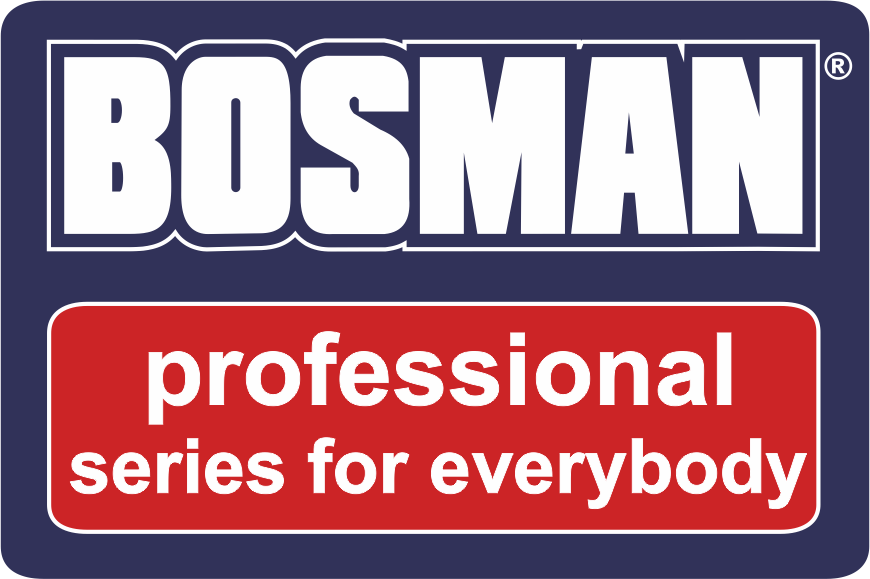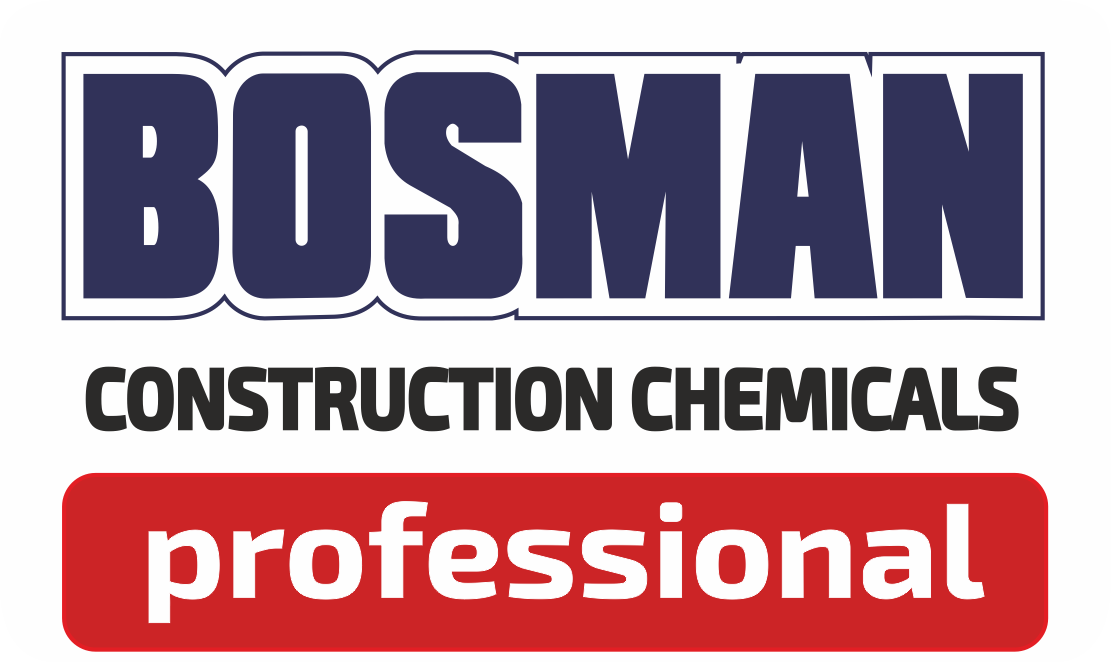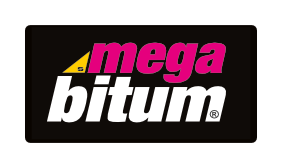Product properties
Intender for application using a standard pistol for extrusion of compound cartridges. Nearly odourless.For anchoring m8-m20 steel threaded rods and sections (balustrades, handrails, brackets, pillars, posts, fences, air conditioners, lamp brackets, awnings, gates, frames, dish antennas, washbasins, pedestals) in non-cracked concrete (min. Class c20/25), silicates, full bricks and cored bricks (together with perforated sleeves).
- Super fast assembly (chemically hardened),
- Does not contain styrene (this means that it does not emit a pungent odor),
- For indoor and outdoor use,
- Safety and great comfort of work (not classified as a dangerous product)
- It does not require the use of highly specialized tools (application takes place with the use of a standard cartridge squeezer and working mixing tips, supplied with the product)
Application
Before embedding the connector in the substrate, it should be checked whether the class of the substrate in which it is to be installed is within the appropriate range and is not lower than the class of the substrate to which the characteristic load capacities relate. Clean the drilled holes with a brush and blow with a pump. The brush should be cleaned before use. The diameter of the brush should match the diameter of the hole. After opening the cartridge, the composition is injected into the opening with a dispenser using a mixing nozzle, in the case of squeezing the mortar from the newly opened container, not less than 10 cm of the composition is discarded until it becomes a uniform color. Then the hole is evenly filled with mortar up to 50% of the depth - in the case of a solid ceramic brick or cellular concrete substrate, and 100% - in the case of a substrate made of ceramic hollow bricks, in such a way that no air voids are created. Fill with mass from bottom to top. The mixing nozzle is gradually removed from the opening in the process of extruding the mortar. Immediately thereafter, a threaded rod is inserted into the hole, with a slow movement, making a slight rotation and removing the excess mortar from the substrate surface around the rod. The bar should be placed centrally in the ground, and the setting should be completed immediately after reaching the required anchoring depth of the connector in the ground, i.e. when the marking on the bar is not above the ground surface or the embedding depth has been checked. Mortar should appear on the top surface of the substrate. If, after the bar has been embedded, no excess mortar appears, remove it from the hole and place it again after adding another portion of mortar to the hole.













